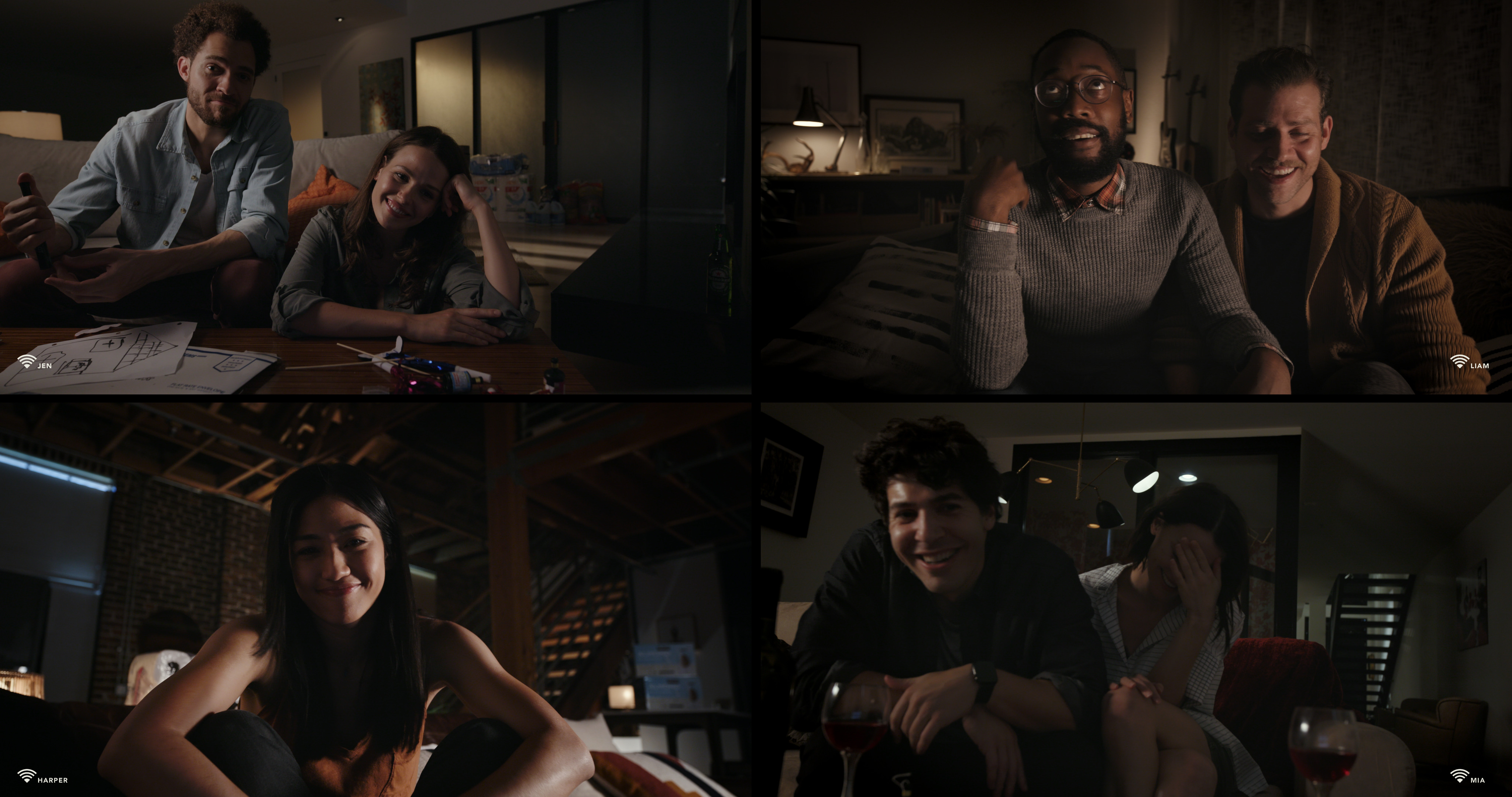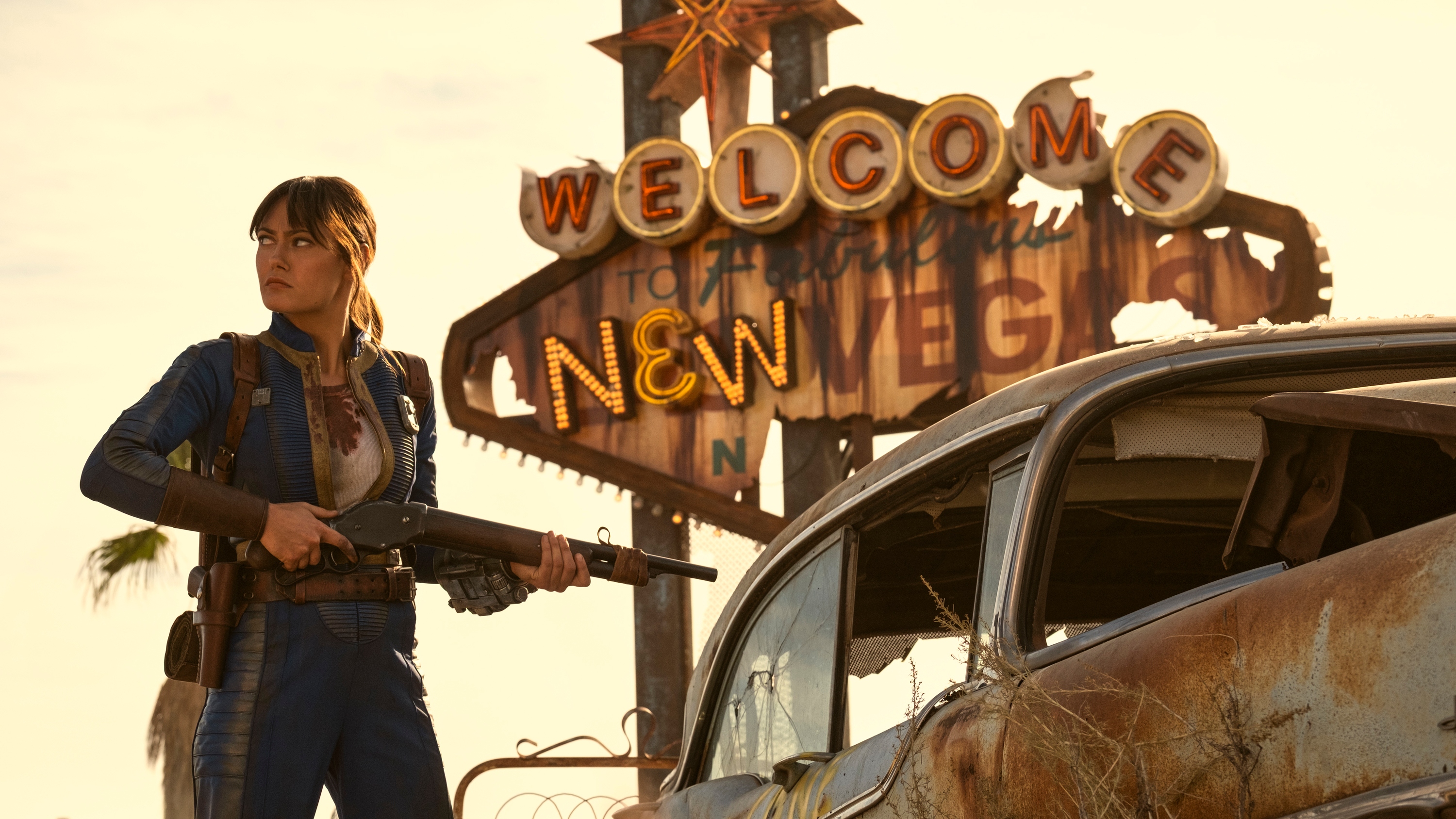What to Watch Verdict
'Safer at Home' is never the "psychedelic freakout" drug ingestion teases, as intentions to rail against injustice muddle and derail an original plot that barely steadies the "screen life" realities under construction.
Pros
- +
💻 Attempts relevant commentaries.
- +
💻 Fun friends-being-goofs dance sequence.
- +
💻 Rightfully questions how much video interaction humans can handle.
Cons
- -
💻 Never sustains the horror of its scenario.
- -
💻 The drug subplot barely blips significance.
- -
💻 Commentaries barely add comments, just restate facts.
- -
💻 The definition of "too soon" with so little said.
We shouldn’t begrudge an experiment like Safer at Home for the themes filmmakers dares to tackle; cinema should challenge and comment on our realities. In return, viewers and critics should react to concepts that too rapidly—yes, too soon—examine unfinished events under a genre microscope that barely even registers as commentary. Will Wernick’s Safer at Home shares too many similarities with Adam Mason’s Songbird (the more notorious “Imagine if COVID never ends!” thriller) by preying upon our hopes, our paranoias, and cheap visual triggers given America’s—and the globe’s—insufficient response to COVID-19 pandemic alarm. Although, at least Songbird dares to imagine Coronavirus futures with dystopian, fully-embraced doomsday landscapes.
Safer at Home is essentially Not Now: The Movie. Commence on clips of Donald Trump lying his Cheeto-dusted ass off and conclude with a flashback where characters preemptively cheer the defeat of COVID-19 before deadlier, more aggressive mutations cripple the world’s population like that’s the message we need at this very vulnerable moment in outbreak history.
It’s 2022, and American households find themselves more than two years into an uncontrollable COVID pandemic. Quarantine and lockdown protocols have severed in-person communication, leaving video hangouts the only viable option for socialization. Wernick and co-writer Lia Bozonelis pen another virtual gathering between seven friends using an unbranded Zoom configuration that’s supposed to celebrate Evan’s (Dan J. Johnson) birthday. Oliver (Michael Kupisk) mails all participants a preparation package, which provides Las Vegas trinkets and an ecstasy tablet from his “trusted” international source. Since travel isn’t an option, isolation festivities endure. Everyone pops the pills and anticipates synthetic highs, but what comes next is far from out-of-body bliss.
As someone who’s been attending weekly Zoom sessions between friends since March 2020, the prospect of Safer at Home analyzing long-term effects of screen-restricted socialization perks societally conscious interest. The problem? Well, let me rephrase. The mounting problems? Wernick addresses so very little, replaying still-fresh depression points while getting lost in sideline desires to bring Black Lives Matter protests, curfew dangers, and police brutality into this supposedly “contained” thriller that abandons its cyber-claustrophobia conceit. The one filmed in crystal-cinematic quality because all webcams capture 1080p in low-light apartment dens.
For beginners, Wernick struggles to answer one of the pillar narrative questions in either found footage or screen life filmmaking: why are cameras still rolling? Intimate, private moments messily unfold on camera, without microphones muted. Maybe that’s lawyer Ben (Adwin Brown) undergoing an anxious meltdown for an audience because partner Liam (Daniel Robaire) takes the laptop into their bathroom, so his comforting words, Ben’s drug-influenced panic, still are in-shot. Perhaps while Oliver and soon-to-be-divorced Mia (Emma Lahana) begin college-heavy swapping spit on Oliver's couch, rubbing their horned-up release in the face of single pandemic sufferers like Harper (Alisa Allapach), discomfort be damned. Behaviorally, there’s an attempt to suggest our collective frustrations over neverending online interactions will lead to ignorance of a camera’s watchful eye in these otherwise off-camera moments. Even with that acknowledgment, such sequences fail necessary motivational requirements to leave cameras on record.
Diving deeper, the conflicts and dangers Safer at Home presents continually betray its banner intrigue. Evan and live-in girlfriend Jen (Jocelyn Hudon) become the focal fixations as a lover’s quarrel tailspins into a life-threatening burst of seconds. Ingested narcotics only heighten moods or tensions during a single goofily-uninhibited dance sequence while spirits are high then are tonally disregarded—or horrendously misrepresented—considering importance and performance. What Evan endures, what’s left in Jen’s digital window, shifts from the horrors of being “safe at home” to an egregiously frustrating push outdoors where Evan is wheezy-sprinting or driving through an empty California. There are never any penultimate or memorable instances where presumably laced MDMA drives anyone bonkers, nor is there any in-home threat present elsewhere as in Host or Unfriended. The scariest elements here are bitchiness, jealousy, and how easily aggravated we’ve all become under house arrest, worsened by the shortened fuses between couples and BFFs given, well, [gestures around].
At this point, Safer at Home parallels snippets from 2020 where law enforcement used extreme force against Black Lives Matter protests, and further, videos depicting the innocent lives lost for being pulled over while black. Unfortunately, statements aren’t louder than recreations. As with its pandemic representations—playbacks of Trump's infuriating dismissals of COVID dangers—the visual of reckless police violence is presented as food for thought, but these are morsels we’ve been digesting for months, for years, for decades. Wernick is so far from the script's starter impetus, and worse off, satirical weight vanishes. Commentary begins and ends with, “This exists.” Viewers are aware; we’re living it, and yet there’s no reconciliation, nor consolation—something so shamelessly unforgivable as storylines become infinitely less engageable the more serious they take themselves.
The latest updates, reviews and unmissable series to watch and more!
As a horror approach towards virtual game nights, how friendships can complicate under stir-crazy conditions, and even quarantine dating hardships, Safer at Home barely scratches the surface. As a slice of “pandemic gone worse” filmmaking, Safer at Home is the exact unwanted approach we feared (and still fear) would emerge from an ongoing global crisis. As a chameleon narrative that aims to backdoor BLM outrage into an otherwise housebound plot, Safer at Home is a woeful misfire that doesn't even register on the empty space around target rings. That’s without addressing the generic-yet-insane structure around climactic standoffs, or the countless minutes of dead-air between chatterers, or numerous other miscalculations that mar a “What If?” simulation that rarely answers even its own imposed line of easily distractible questioning.
Safer at Home will be available on VOD Friday, February 26th 2021.
Matt Donato is a Rotten Tomatoes approved film critic who stays up too late typing words for What To Watch, IGN, Paste, Bloody Disgusting, Fangoria and countless other publications. He is a member of Critics Choice and co-hosts a weekly livestream with Perri Nemiroff called the Merri Hour. You probably shouldn't feed him after midnight, just to be safe.


